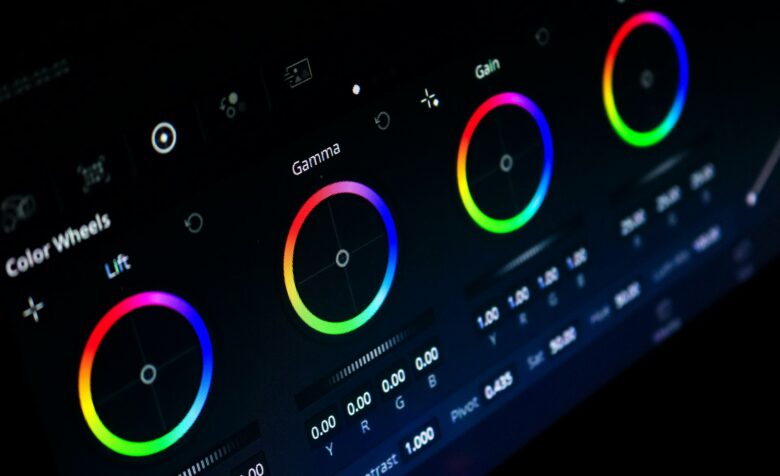Color grading is a crucial aspect of video production that can elevate your footage to a cinematic level. Whether you’re a filmmaker, content creator, or video enthusiast, mastering color grading techniques can help you achieve the desired mood, atmosphere, and visual style for your videos. Here are the essential tips and techniques to create stunning cinematic video effects.
Understanding Color Grading
Color grading is the process of adjusting the colors and tones of your video footage to achieve a specific look or style. It involves manipulating the brightness, contrast, saturation, and hue of individual colors within your video. Here’s how to master color grading for cinematic effects:
1. Select the Right Software
Choose professional video editing and color grading software like Adobe Premiere Pro, DaVinci Resolve, or Final Cut Pro. These tools provide various features and flexibility for precise color adjustments.
2. Shoot in a Flat or Log Profile
For better control during color grading, shoot your video in a flat or log profile. These profiles capture a wider dynamic range and preserve more detail in highlights and shadows, allowing for greater color grading flexibility.
3. Set the Mood with Color
Determine the mood and atmosphere you want to convey in your video. Different color schemes can evoke specific emotions. For example, warm colors like red and orange can create a cozy and inviting feel, while cool colors like blue and green can convey a sense of calm or melancholy.
4. Use Color Wheels and Curves
Most professional color grading software offers color wheels and curves for precise color adjustments. Experiment with these tools to fine-tune the color balance, contrast, and saturation of your footage.
5. Create Consistency
Maintain consistency in color grading throughout your video to establish a cohesive look. Develop a color palette or style guide for your project and apply it consistently to all scenes.
6. Adjust Exposure and Contrast
Balance the exposure and contrast in your video to ensure that details in both the shadows and highlights are visible. Adjust the exposure using curves or sliders to achieve the desired tonal range.
7. Focus on Skin Tones
Achieving natural-looking skin tones is essential in video production. Use the color grading tools to enhance skin tones while preserving their authenticity. Pay attention to the red and yellow channels to achieve pleasing skin tones.
8. Emphasize Cinematic Looks
Experiment with various cinematic looks, such as the teal and orange color grade often used in Hollywood films. These looks can add visual appeal and make your videos stand out.
9. Use LUTs (Look-Up Tables)
LUTs are pre-defined color grading presets that can quickly apply a specific style or look to your footage. Many color-grading software packages include a library of LUTs to use as a starting point or inspiration.
10. Practice and Experiment
Color grading is both an art and a skill. The more you practice and experiment with different techniques, the better you’ll become at achieving the desired cinematic effects for your videos. Study films, TV shows, and music videos to gain inspiration and insight into various color grading styles.
11. Seek Feedback
Share your color-graded videos with peers or mentors to receive feedback and constructive criticism. Learning from others’ perspectives can help you refine your skills.
Mastering color grading for cinematic video effects is a valuable skill that can enhance the visual storytelling of your videos. By understanding the principles of color, using professional software, and practicing various techniques, you can take your video production to new heights and create captivating, cinematic visuals that captivate your audience.



